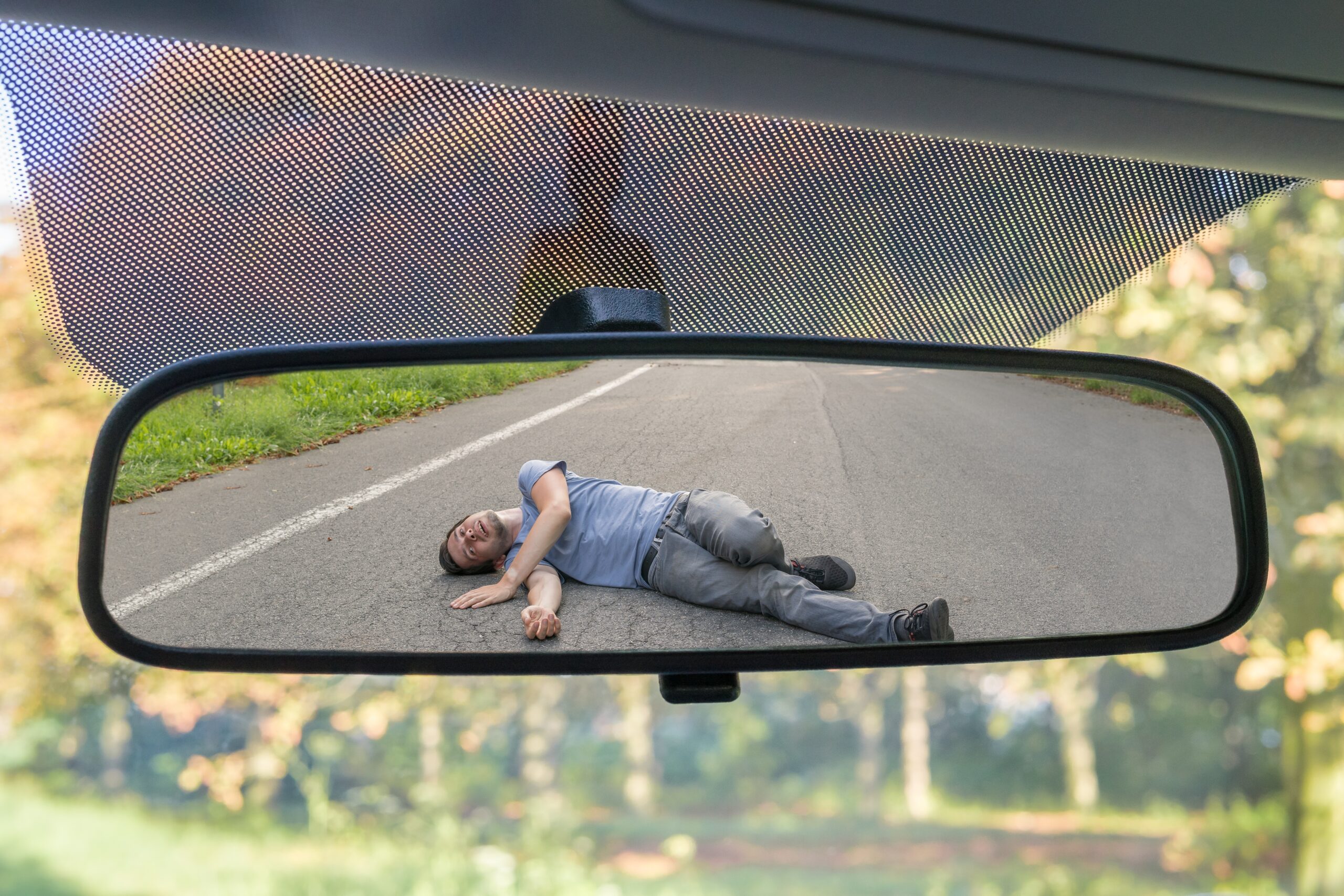The Nightmare Legal Scenario of a Hit-and-Run Accident
No one expects to suffer an injury when they leave their home in the morning. Unfortunately, emergency room statistics show that millions of Americans have this expectation shattered yearly. Motor vehicle accidents commonly lead to injuries, but at-fault parties are typically held accountable. Unfortunately, you also need to understand your legal options when injured in a hit-and-run accident.
In these incidents, what comes next may feel like a nightmare. Someone is to blame for your injuries, but what if police are unable to track this person down? In some scenarios, you may find yourself facing hospital bills at a time when you’re unable to work. However, it’s important to remember that — regardless of the circumstances of your case — you may have options after sustaining a hit-and-run injury.
Know What Needs to Be Done Immediately
When you realize you’ve been in a hit-and-run accident, you’re likely unsure of precisely what to do. In fact, you may immediately find yourself asking how you’re going to pay for any financial losses related to the accident. However, this is a concern for later. For now, it’s important to realize that your legal options after suffering a hit-and-run injury may depend on what you do immediately following the accident.
That’s why you should take the following steps in every situation:
- Report the accident: Any hit-and-run accident should be immediately reported to authorities. Provide as much information to the police as you can. Details can include identifying information about the other vehicle, the direction it was traveling, and any other relevant information that may help identify the driver.
- Document the scene: If you can safely do so, it’s important to document as much about the scene as possible. Take photographs and videos of the damage to your vehicle, any visible injuries, the surrounding area, and other relevant details. It also helps to obtain witness information from those who saw the accident.
- Seek medical attention: Even if your injuries seem minor, it’s critical for you to seek medical attention as soon as possible. If you failed to do so immediately after the accident, now is the time to rectify that mistake. Even minor injuries can turn serious when left untreated.
Unfortunately, these steps will not be the end of your ordeal. You may need ongoing medical care, and there will likely be many expenses related to the wreck. However, what you do early in this situation could dictate how the rest of your experience unfolds. As long as you can safely do so, following these three steps could prove invaluable to your case.
Seek Help From Your Insurance Company
By following the three steps detailed above, you’ve made efforts to expand and protect your legal options when injured in a hit-and-run accident. These steps will help you as you move forward, particularly when you contact your car insurance company. Even when you don’t cause an accident, it’s important to alert your coverage provider of collisions.
In some instances, your insurer may be able to help. For example, you may have uninsured motorist coverage that can reimburse you for certain expenses. Some states also have no-fault insurance policy requirements. Unfortunately, North Carolina and the majority of other states do not fall into this category.
Crime Victim Compensation
Hit-and-run laws make it illegal to leave the scene of an accident. While you may view your incident as a personal injury case, it’s clearly much more than that. Someone committed a crime against you, and as a result, you suffered an injury. Fortunately, crime victim compensation is often one of the legal options available to injured drivers in hit-and-run accidents.
You’ll need to check your own state laws to see if you qualify. If you do, it’s important to remember that these programs vary by state. For instance, California offered a maximum of $70,000 for crime victim expenses in recent years. On the other side of the country, North Carolina only provided a maximum of $45,000 as of 2024.
Still, such compensation can be invaluable to hit-and-run victims. After suffering an injury in one of these accidents, it’s advisable to reach out to an attorney. They can help you understand all your options and see if you qualify for certain types of compensation. More importantly, they may be able to help you identify potential litigation options.
Consider Potential Litigation Options
One of the biggest concerns a person has following a hit-and-run accident is that no one will ever be held accountable. Fortunately, this isn’t always the case. In some instances, police are actually able to track down drivers who flee the scene of an accident. If this happens, you can file a personal injury claim against the other motorist.
Sometimes, it’s also the case that the hit-and-run driver may not be the only party responsible for your injuries. For instance, envision a scenario where a motorist runs a stop sign and then flees the scene. However, what if the sign wasn’t visible because the landscaper contracted to cut back trees had allowed overgrowth to cover it?
In such a situation, the contractor or city may also be partially responsible, which could leave them open to a personal injury claim. Put simply, you never want to assume you have no legal options after suffering a hit-and-run injury. At Rowland and Yauger, Attorneys and Counselors at Law, we’re here to help. Contact us at 910-947-2280 for a free consultation.

 Call Us Now
Call Us Now


